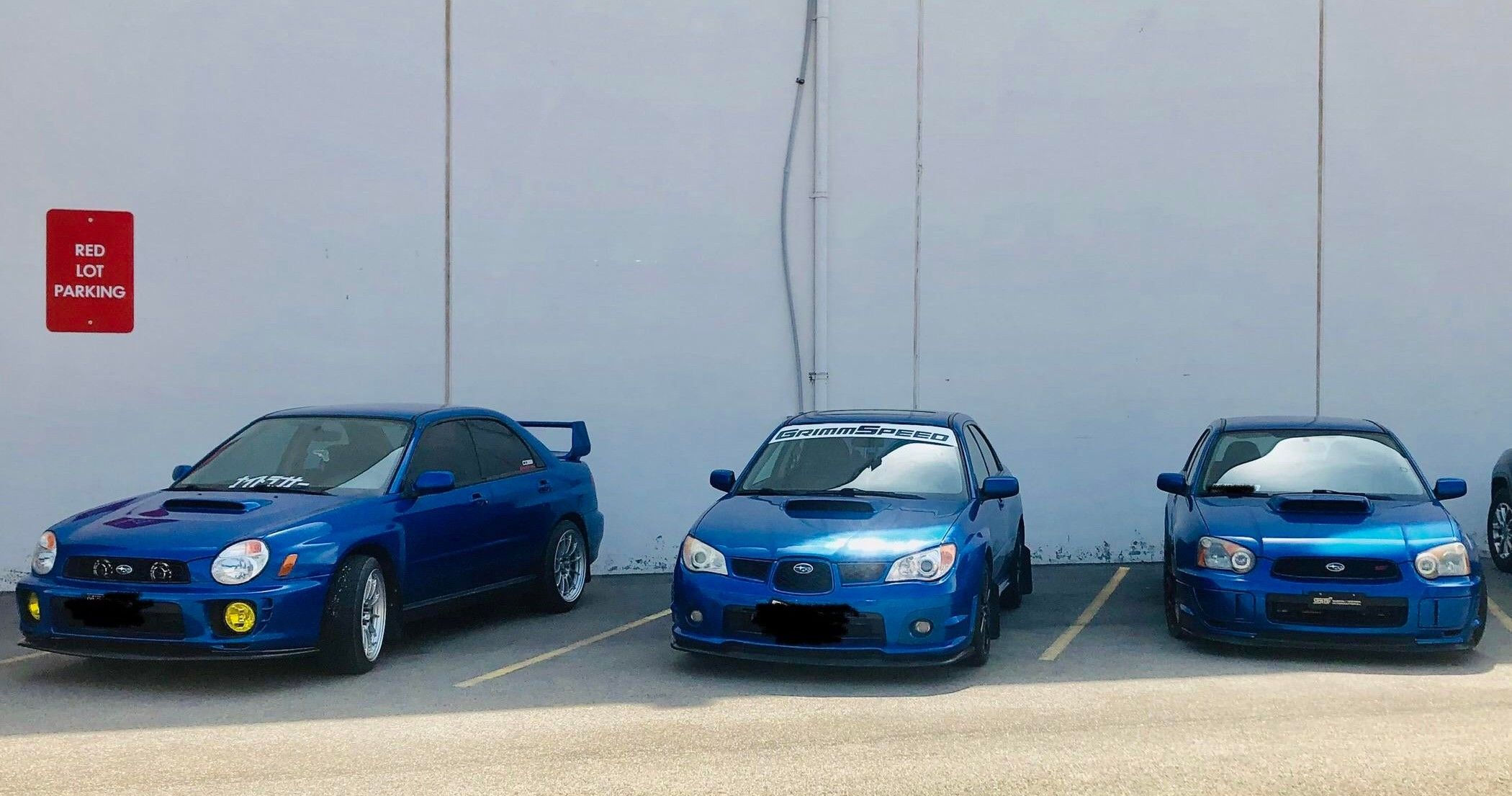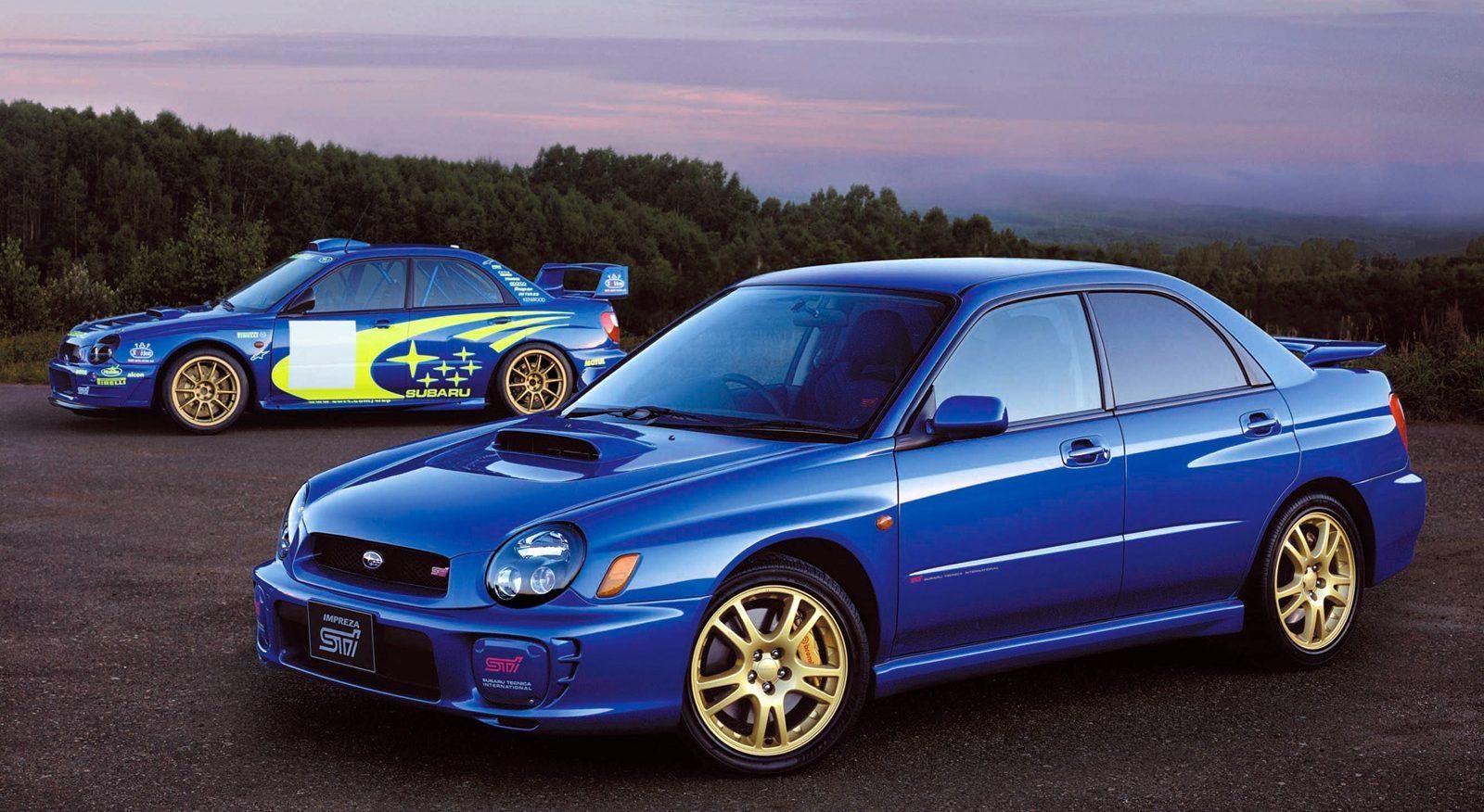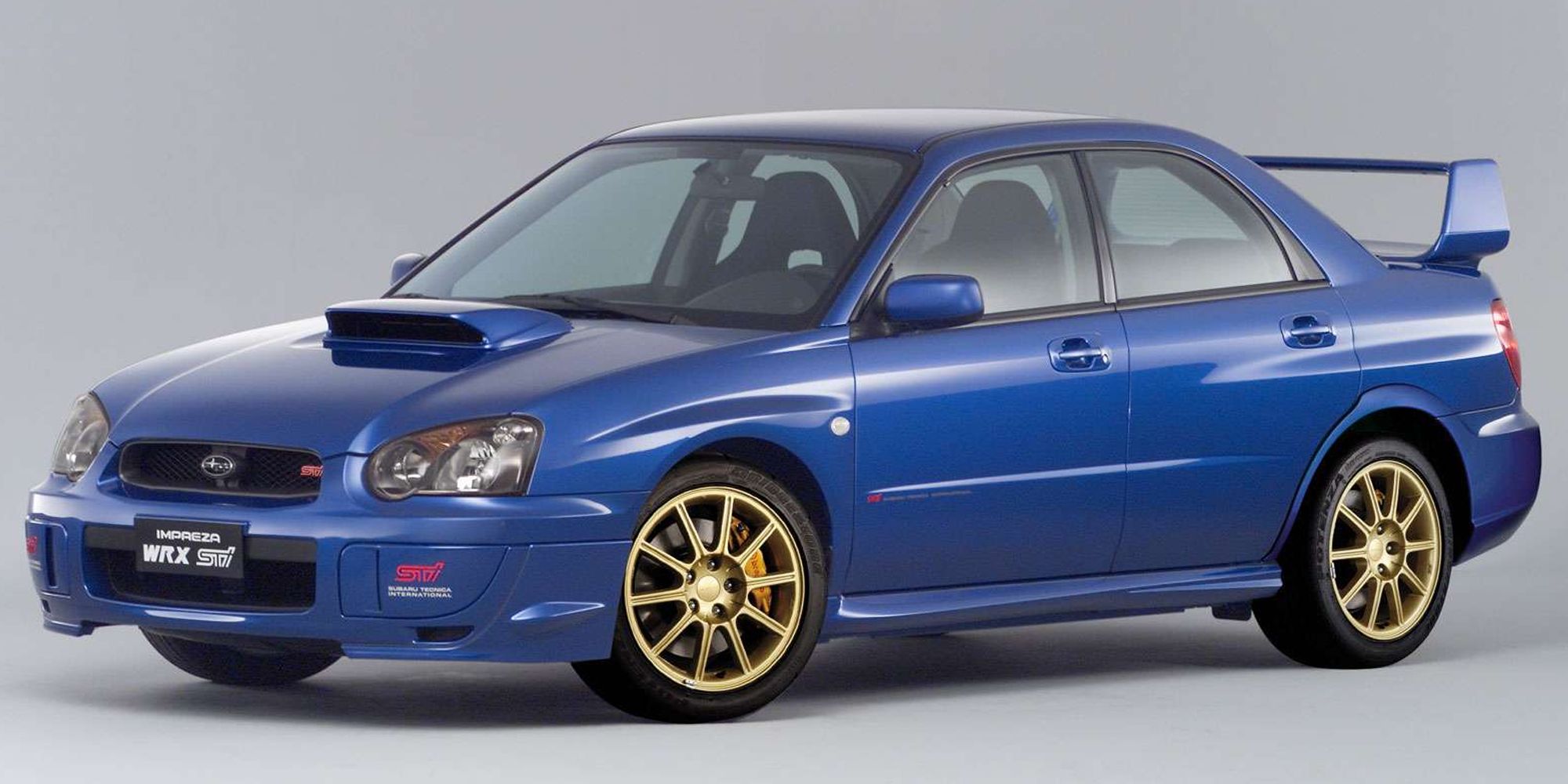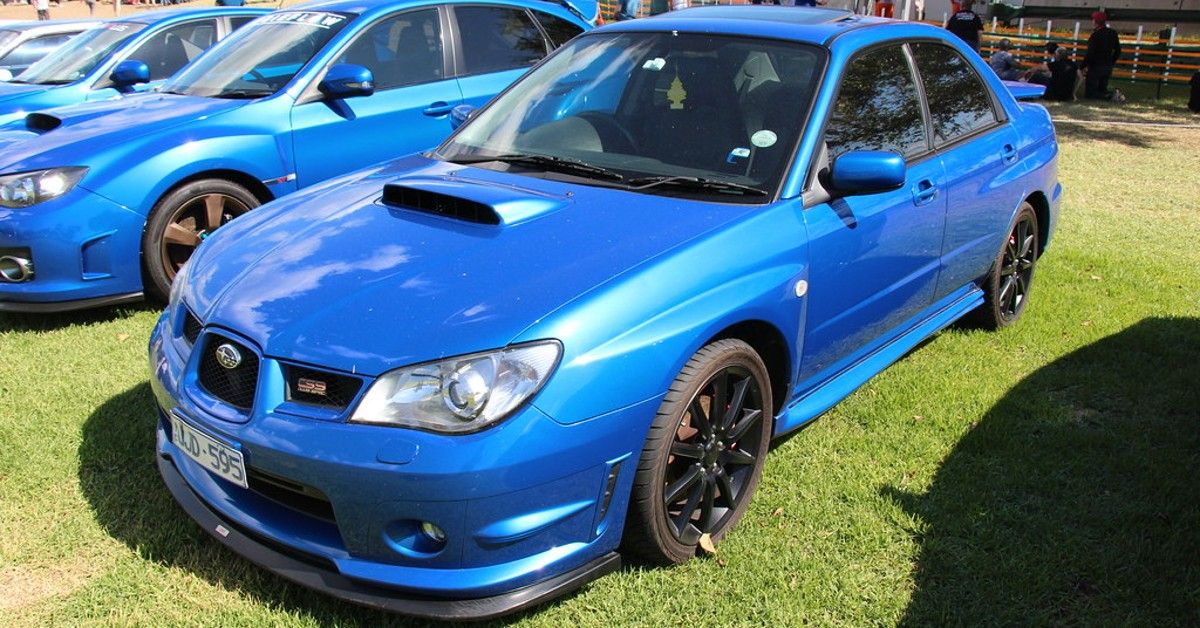Starting around 1992, Subaru started making one of what is now the most recognizable and modifiable sports cars ever for the road.
The WRX made a surprisingly high horsepower figure at 235 horsepower initially and forever changed the face of the tuner car market along with other JDM legends like the Mitsubishi Lancer Evolution, Toyota Supra, and Nissan Skyline.
As such, the original WRX brought a high-performance all-wheel-drive compact car into a market that was growing in interest, and what started as a cult favorite worked its way into showrooms and driveways around the world.
With each redesign of the WRX, the fanaticism over the car increased.
However, three models, in particular, have stuck out with the performance car market for their massive availability of parts, support network, and prevalence in both TV and movies.
The lovingly nicknamed Bugeye, Blobeye, and Hawkeye WRX have managed to hold the attention of enthusiasts in ways that very few other cars ever have.
One thing many people might wonder, however, is what is the difference between these generations.
Updated March 2022: We revisited this classic series of Subaru models to see how the secondhand market treats these cars and where the latest WRX model fits in, as of Spring 2022.
Let's take a look at what makes these generations unique from each other.
Subaru's Bugeye Is The First Of A Legendary Series Of Imprezas
The story starts at the beginning of the second generation of Imprezas - the WRX was in fact a performance version of the standard Impreza until around 2014 when the WRX became its own model, independent of the Impreza line.
Weighing in at around 3000 lbs, the Bugeye WRX was built from 2000 to 2004 as the second generation Impreza, and it came to show Subaru's seriousness about their performance division. This featured the EJ205 Boxer engine to the tune of 218 horsepower and a manual five-speed gearbox with an option for a four-speed automatic as well. Available as both a wagon and sedan, the Bugeye worked to cater to every market possible.
In 2002, the first generation Bugeye WRX was available in America briefly before a refresh in the design.
Through 2003, the Bugeye proved to America that Subaru was definitely not a brand to be underestimated.
The tuning market for the EJ20 engine was unique, since the car featured unequal length headers on the 2-liter engine.
While not necessarily perfect for fit and finish, the WRX continued to one-up any possible rivals in the US market for quite some time as well as further cementing its rivalry with the Mitsubishi Lancer Evolution.
The Subaru Blobeye Is A Great-Looking Page Out Of The WRX History Book
Debuting at the end of 2003, the Blobeye WRX was re-styled in order to look modern, sporty, and fast - it was still in the second generation of Imprezas but was a re-style to keep things looking fresh.
The new look of the WRX also ushered in new aftermarket body designs since the car sat lower to the ground and had slightly squared body parts.
With this rally-inspired look turned up to maximum, the Blobeye opened up yet more tuning markets for off-road use as a race car.
Regarding quality control, the Blobeye was much better put together as a performance car than the Bugeye had been, featuring high-performance seats and upgraded gear shift throw.
Both cars still oozed personality in ways that many owners and enthusiasts find intoxicating today.
The most impressive feature of the Blobeye was the different traction setup options, in which you could change where the power is delivered.
According to DriveTribe, "this was the introduction to some technology and the ability to set up the chassis and elements of the car while you're driving."
Power came on behalf of another 2-liter boxer motor again, this time with around 225 hp, but for this generation, the STi would be capable of around 315 hp.
Both the Bugeye and the Blobeye shared quite a lot in common. Both rode on a very similar platform and used the same engine (plus some additional tinkering), both competed with the same rivals from Mitsubishi and in some markets Honda in the form of the Civic Type R.
Subaru's Hawkeye: The Culmination Of Everything That Was Good About The WRX
Subaru's Hawkeye WRX debuted in 2006 and was sold only through 2007; it was marketed as a refreshed version of the Blobeye design.
The car received a completely new front end design as well as an entirely new engine - the EJ225 block - which sat at a comfortable 2.5 liters and produced 230 horsepower at 5,800rpm (the STi would make 315 hp like the previous model).
On the outside, the overall shape of the car changed as well in an attempt to look more aggressive, squared off, and sports car-like.
This version of the WRX also had improved braking and chassis stability to make the car more rigid and performance-oriented yet again.
With an upgraded center differential, stronger transmission, and stronger clutch, the WRX STI could handle a lot more hard-driving than ever before.
According to Hagerty, this made the Hawkeye WRX and STi very desirable, and called them "the best-regarded years of the WRX."
These three versions of the Impreza WRX cemented the car as a staple in the automotive enthusiast market around the world and are still sought after today.
In 2022, the latest version of the WRX is in its fifth generation now and as a separate model comes with a $30,000 price tag before options, for that you get a 2.4-liter turbocharged engine with around 270 hp and 260 lb-ft of torque, plus an interior leagues-ahead of the classic WRXs of old with Android Auto and Apple Car Play as standard.
A quick check on AutoTrader for North America reveals how prices currently sit for the Bugeye, Blobeye, and Hawkeye.
For reasonable condition and high mileage, all three different-faced models are available from $6000, but for nice examples with lower mileage prices look to sit much higher.
We found a 2002 Bugeye WRX with under 4000 miles on the clock for around $40,000, a 2004 Blobeye WRX with 23,000 miles on the odometer for $34,000, and a 2006 Hawkeye WRX with 18,500 miles for $42,000: this might indicate that these cars have increased in value somewhat and in the future might be highly sought-after vehicles akin to a Nissan R34 Skyline.
Sources: RoadAndTrack, AutoEvolution, DriveTribe, Hagerty




